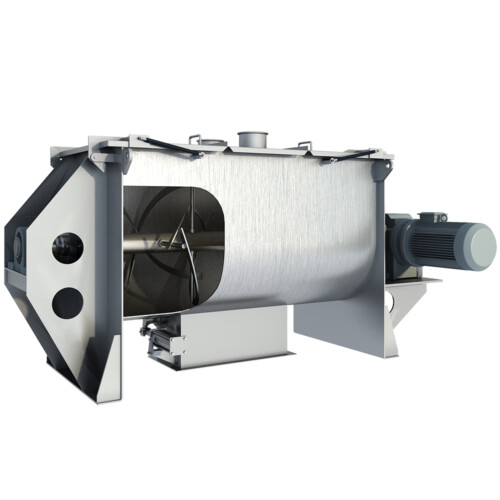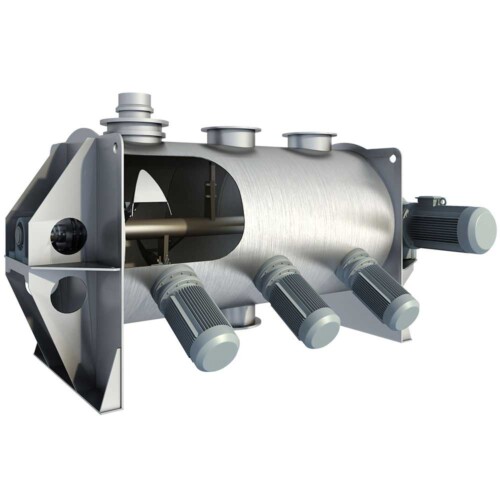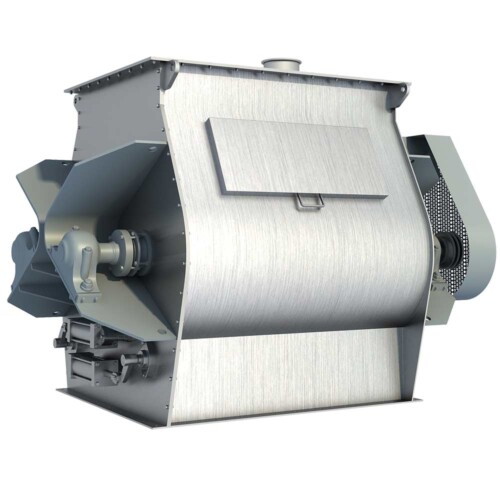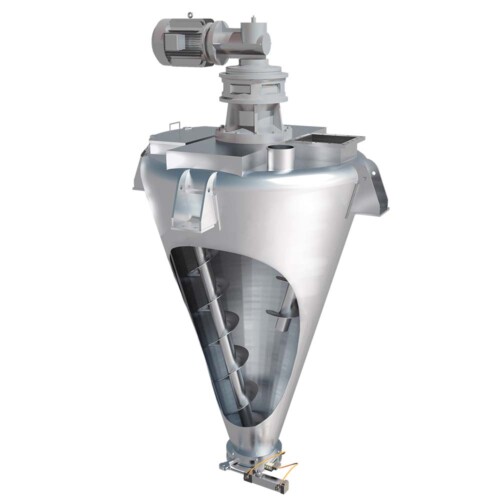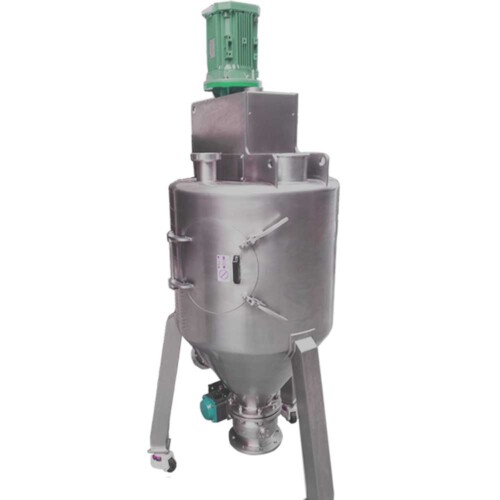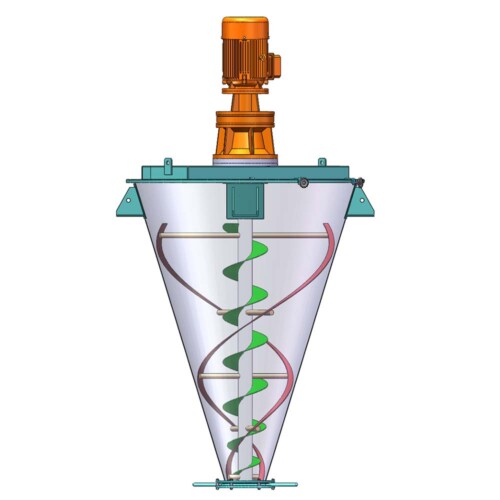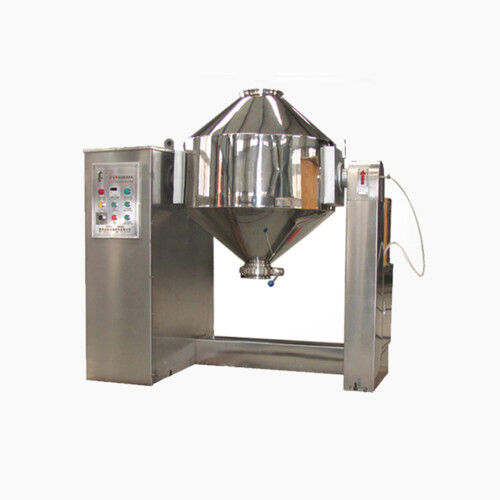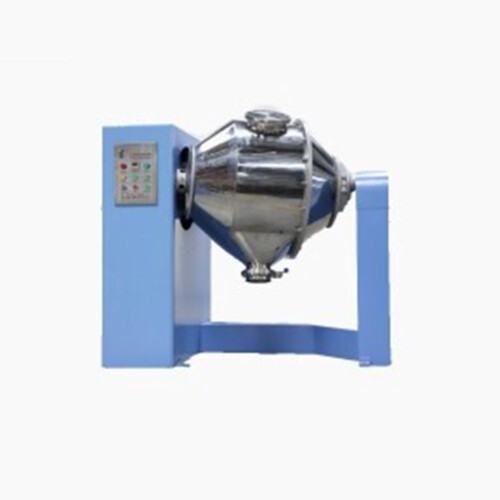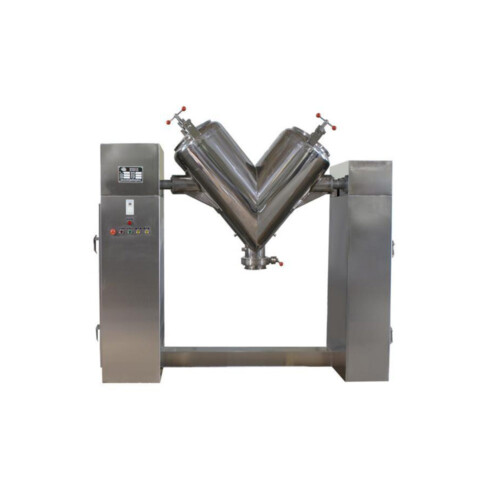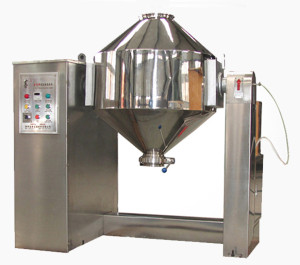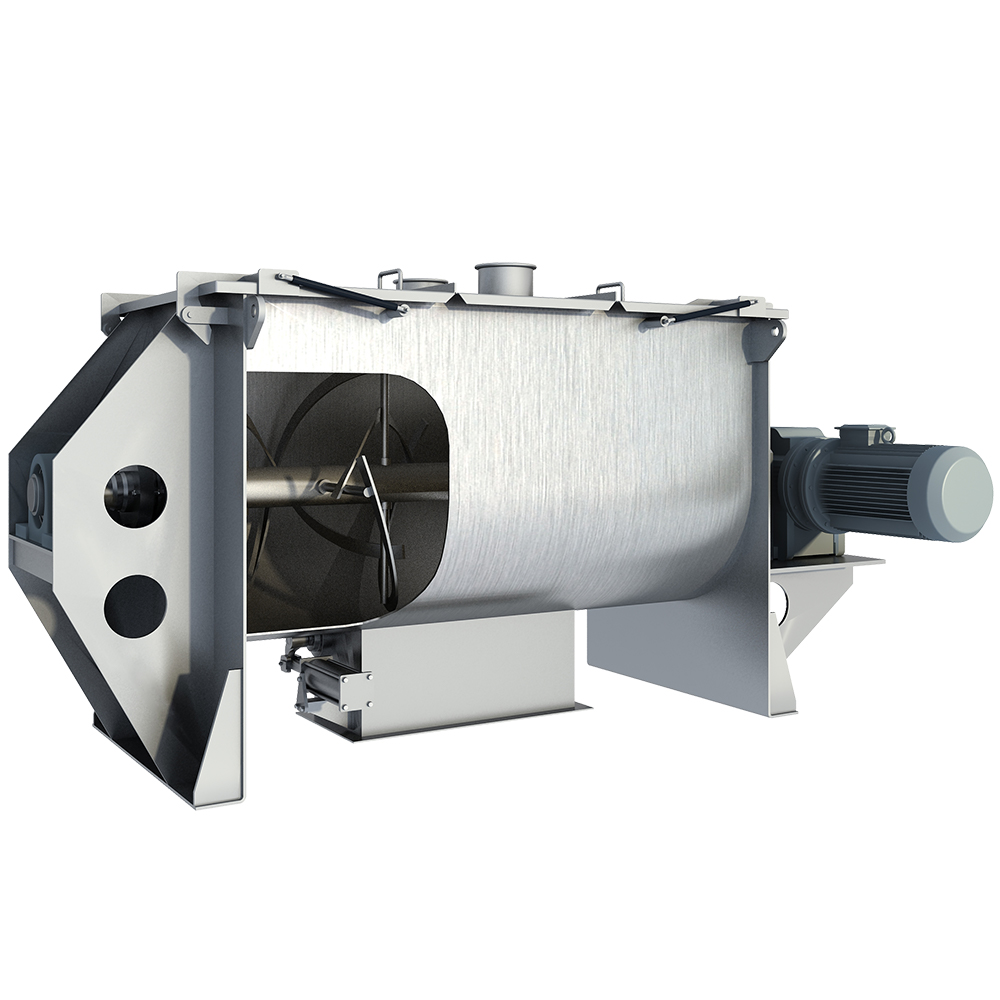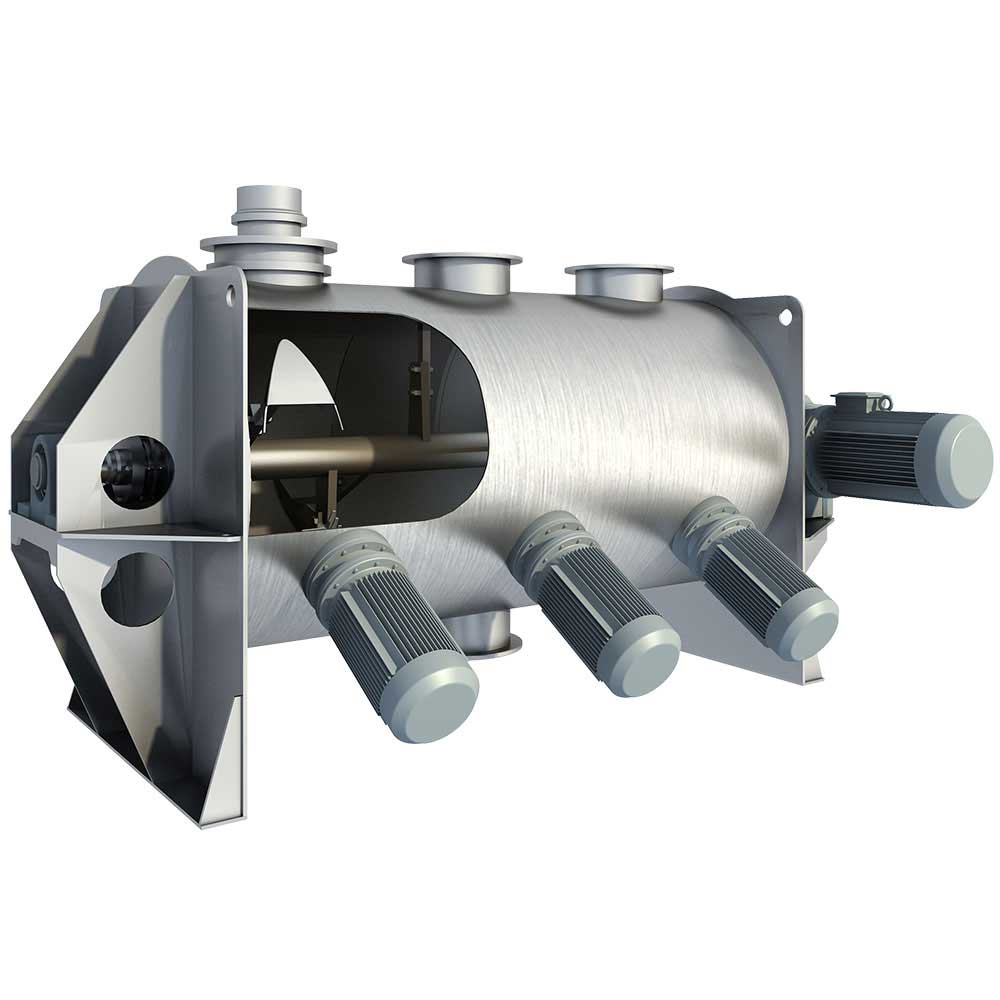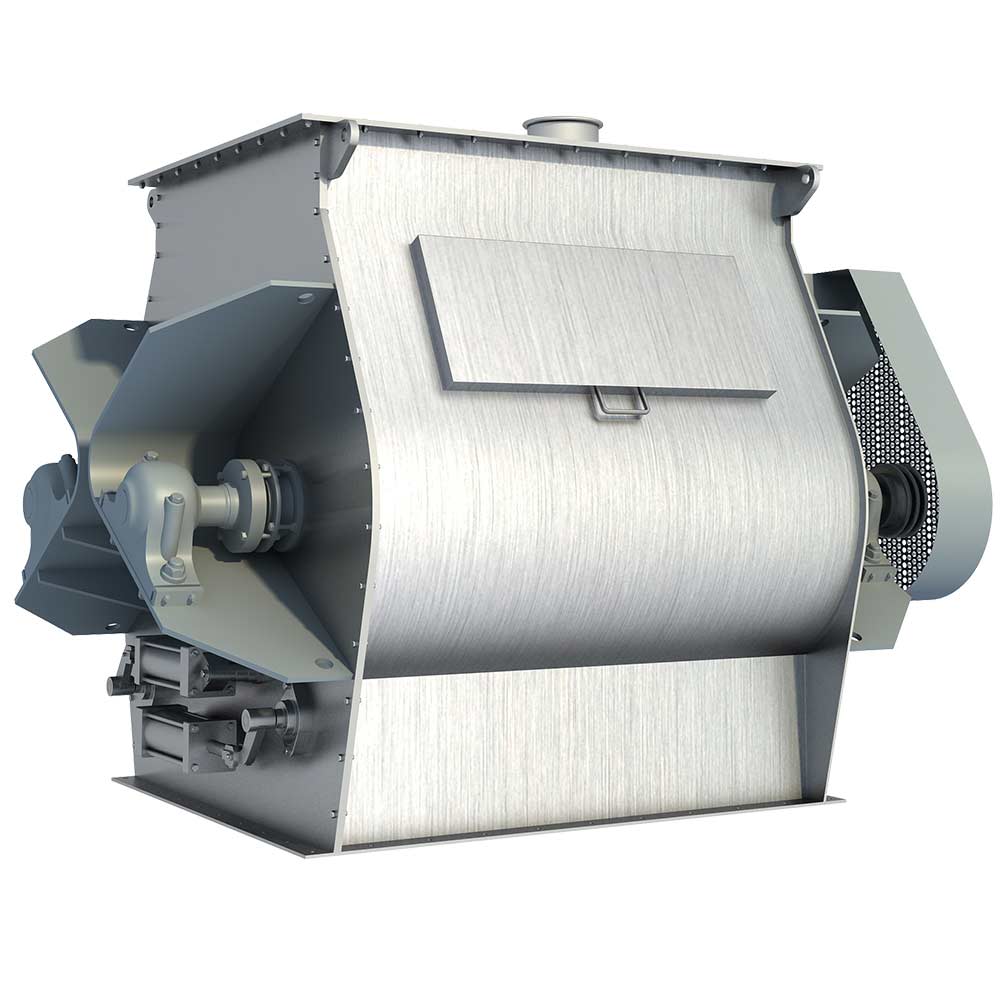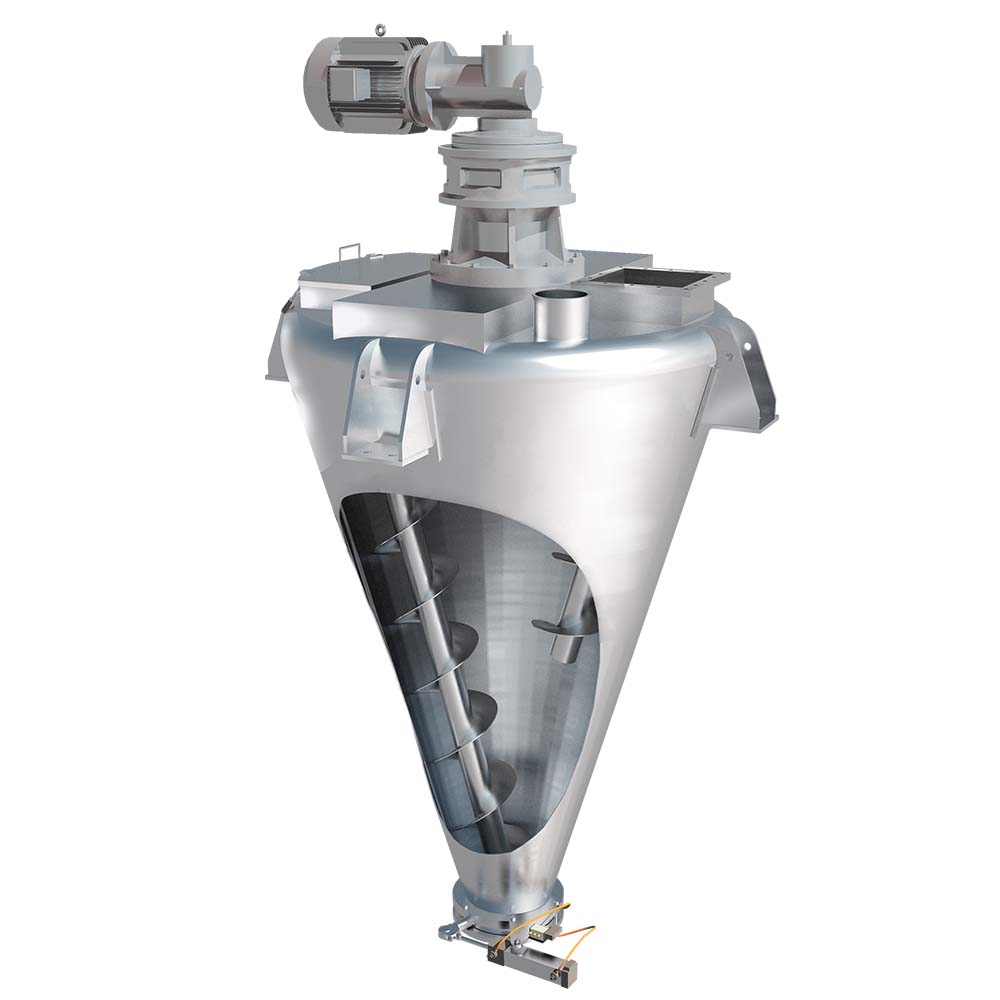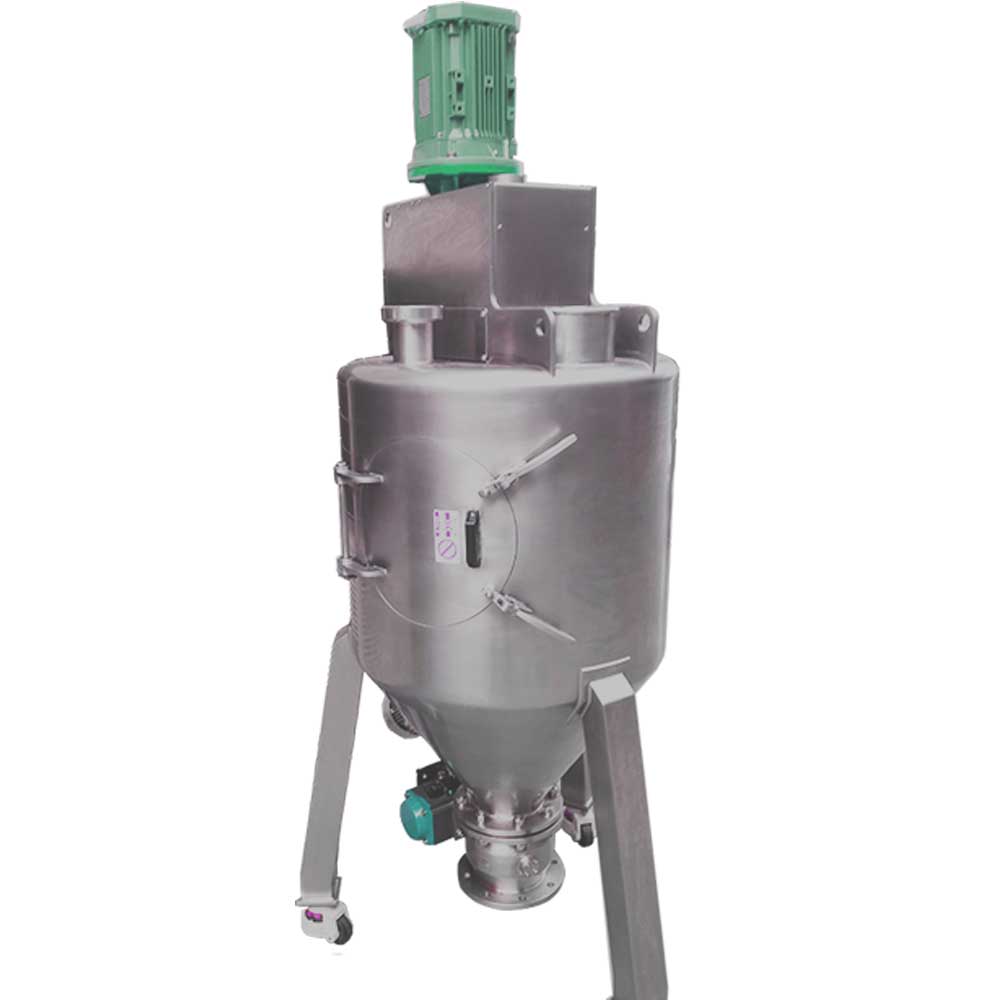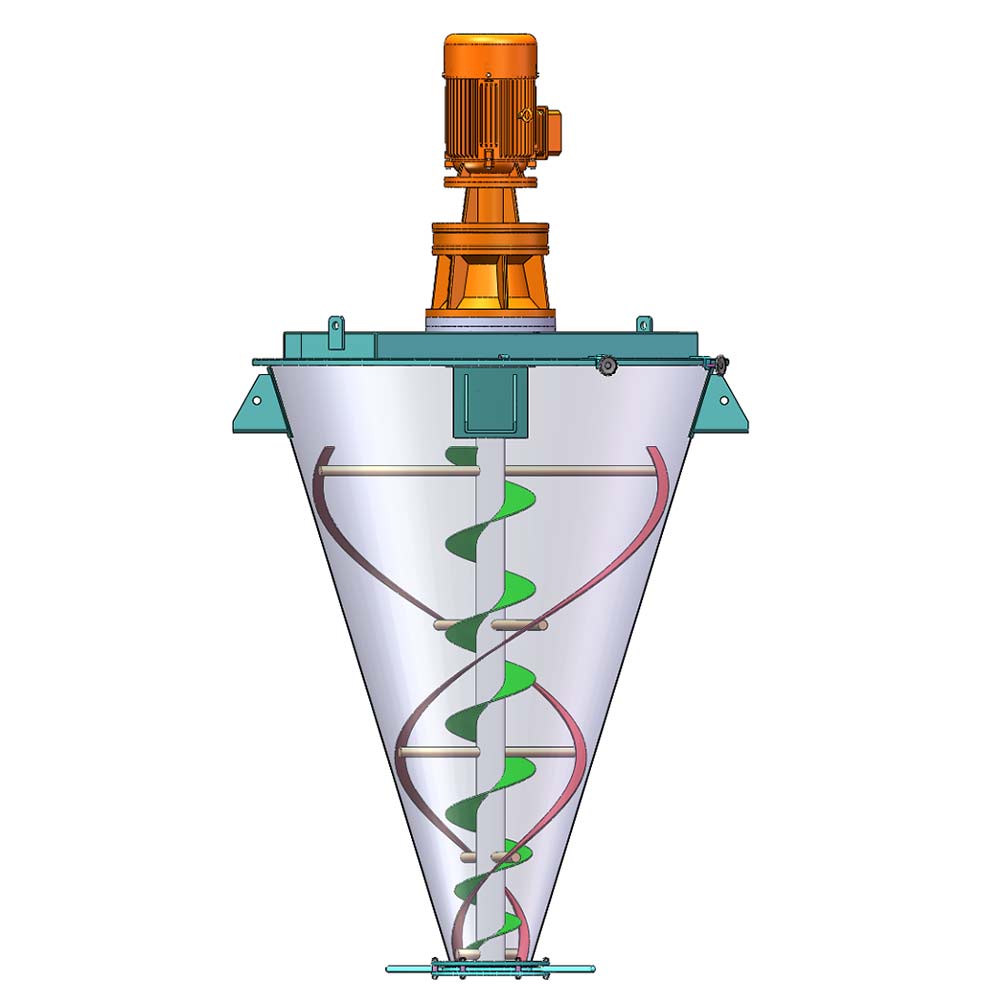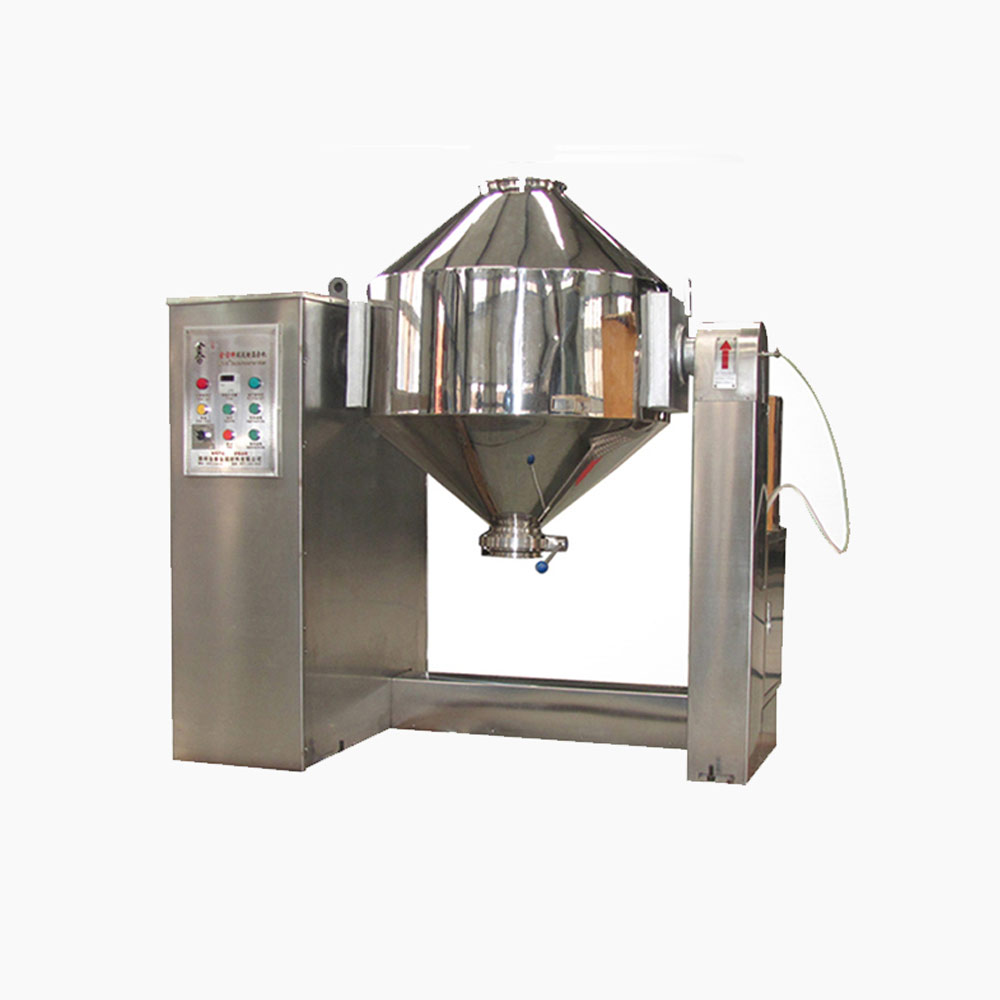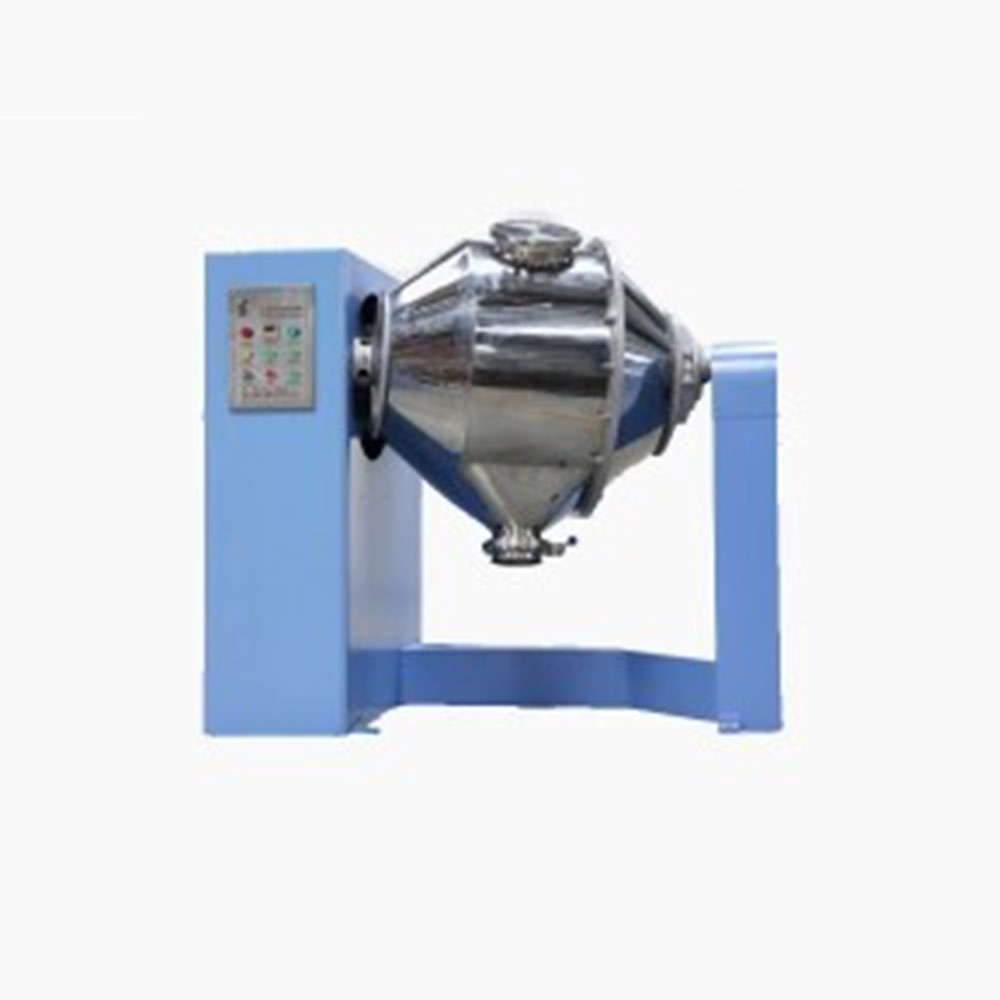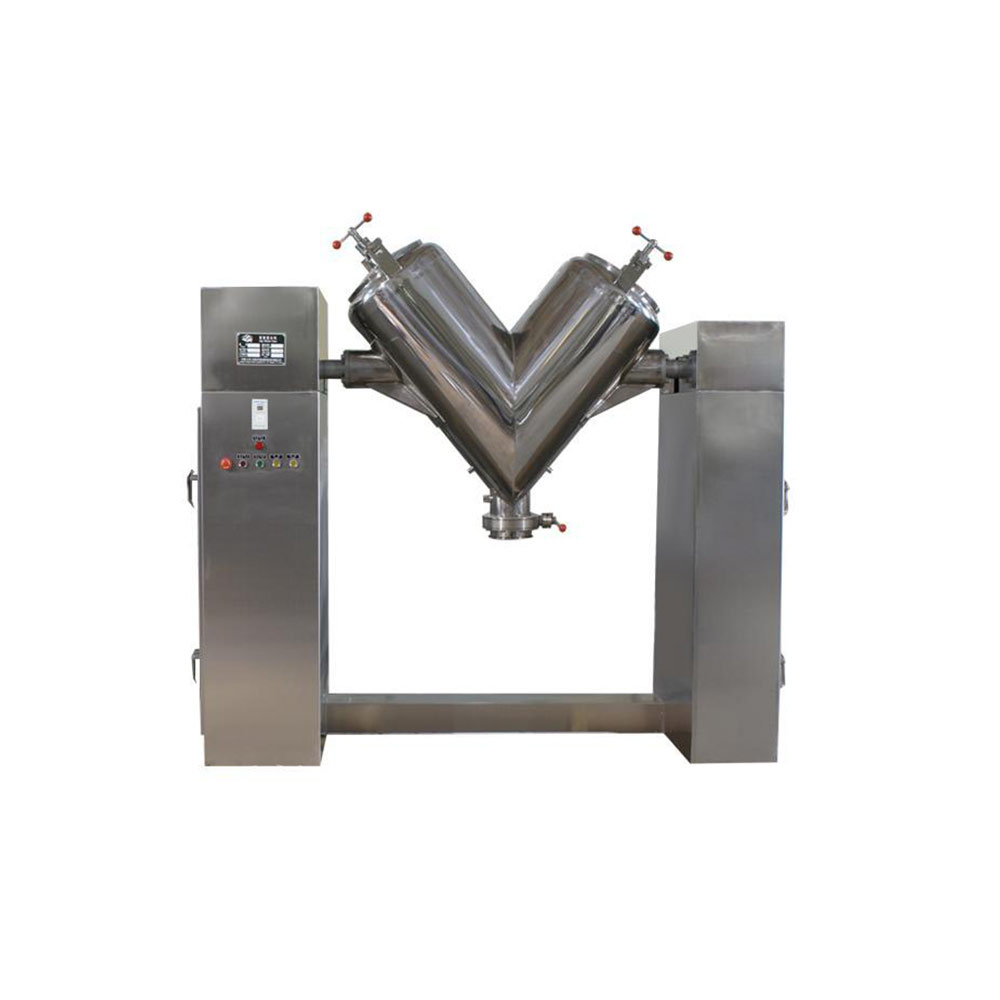Ask An Expert
Frequently Asked Questions
Yes, We can supply simple stand alone panels or automated PLC controlled systems. We normally install and test all controls on our mixers before they are shipped.
Yes, we normally test the mixers before they are shipped and mark out the wire need to connect on the control box.
We manufacture specialty mixing equipment for powder & bulk materials. Included are ribbon blender, plough mixer, conical screw mixer, twin shaft paddle mixer, V blender, double cone blender and other auxiliary equipment such as screw conveyor, quantitive auger filler.
We sell across the world, our cusotmers distribute 5 continents.
Share Us With Your Network
Segregation problems when using a tumble blender: double cone blender and V-blender
Q: we use a tumble blender and a ribbon blender mixer. I’ve heard that if you mix too long, you can undo the mixing result when using a tumble blender. What is this “demixing” and what causes it?
A: Unlike most liquid blends, in which mutually soluble form a stable blend that doesn’t degrade over time, dry mixtures have a tendency to segregate. This is because particles have different sizes, shapes, and densities. When the particles are in motion (as in mixing), the differences cause the particles to segregate. In a tumble blender, the ingredients are loaded in batches, often forming stratified layers in the vessel. Then the unit begins tumbling, and its symmetrical rotation creates a nonrandom mixing pattern. This pattern, when combined with the various particles’different trajectories, can demix or segregate the particles in a pattern different from that formed by the layers during loading. To avoid this segregation in the later mixing stages, it’s best to use a tumble blender for relatively short mixing times. A tumble blender can also be designed to provide asymmetrical rotation to minimize demixing caused by trajectory segregation. For instance, a V-blender can have one extended leg and a double cone mixer can have offset cones; by using such designs, you can shorten mixing times, improve mixing quality, and limit further segregation.
Ask An Expert

